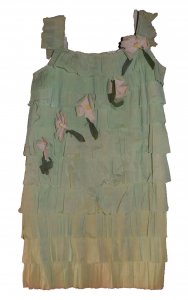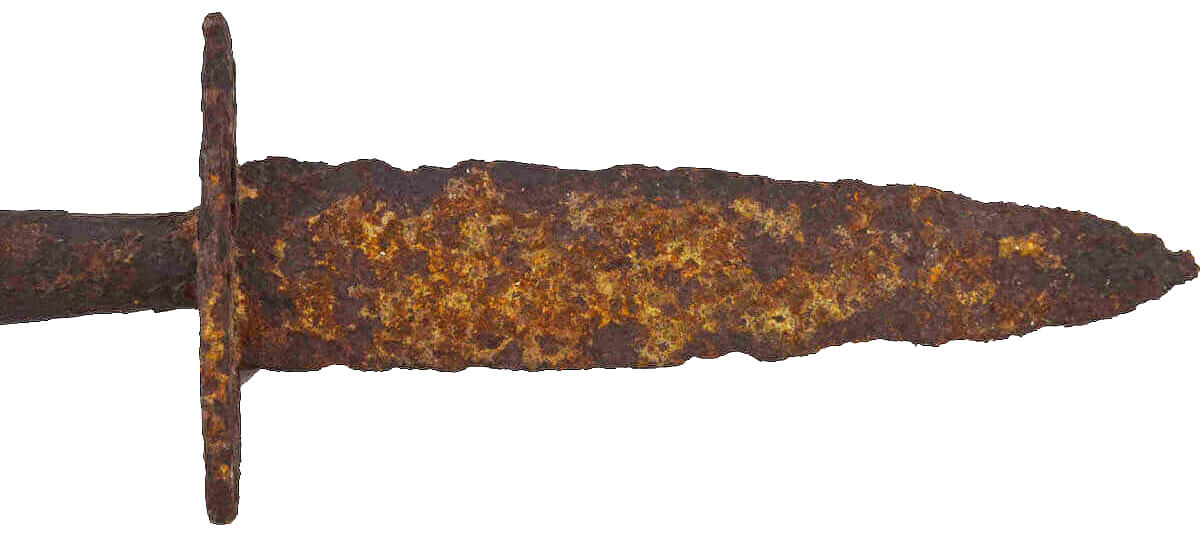Jonathan Noyalas ’01, M.A., director of Shenandoah’s McCormick Civil War Institute, recently published his book “Slavery and Freedom in the Shenandoah Valley During the Civil War Era.”
Officially released April 6 by University Press of Florida, the book examines, in a nuanced way, the complexities of life for African Americans in Virginia’s Shenandoah Valley from the antebellum period through Reconstruction. Noyalas studied the difficulties African Americans confronted in the valley — a region that was in a constant state of flux during the Civil War’s years — and how they overcame these challenges during the nation’s most tumultuous time.
The book illustrates that emancipation came not at one single moment, but on numerous occasions and that it was contingent on a variety of factors. The book illustrates how the Shenandoah Valley’s African Americans navigated a complex world, one in which fear of the unknown, and distrust, including distrust of Union soldiers, at times erected seemingly insurmountable obstacles. Additionally, the book examines the ways the Valley’s enslaved and free Blacks contributed to the Union war effort and played an active role in slavery’s destruction. Finally, the book examines the immediate postwar era in the Shenandoah Valley including topics such as Freedmen’s Schools, the operations of the Freedmen’s Bureau, and Emancipation commemorations.”
Jonathan Noyalas ’01
Noyalas’ book can be purchased directly from the University Press of Florida and other online booksellers such as Amazon, Barnes & Noble, and more. The Winchester Book Gallery also carries copies.
This is the 14th book Noyalas has authored or edited.
Reviews
We know remarkably little about how the Shenandoah Valley’s African Americans negotiated the vexing uncertainties of secession, civil war, and Reconstruction. This compelling and accessibly written narrative foregrounds the struggles of freedom-seeking enslaved persons in America’s most turbulent era.”
Brian Matthew Jordan, author of “Marching Home: Union Veterans and Their Unending Civil War”
A groundbreaking study that demonstrates how African Americans shaped the Civil War era. Noyalas systematically dismantles the old myth that the Shenandoah Valley did not have enslaved populations and instead weaves a compelling story of African American resistance and perseverance in a region deeply contested by war.”
James J. Broomall, author of “Private Confederacies: The Emotional Worlds of Southern Men as Citizens and Soldiers”
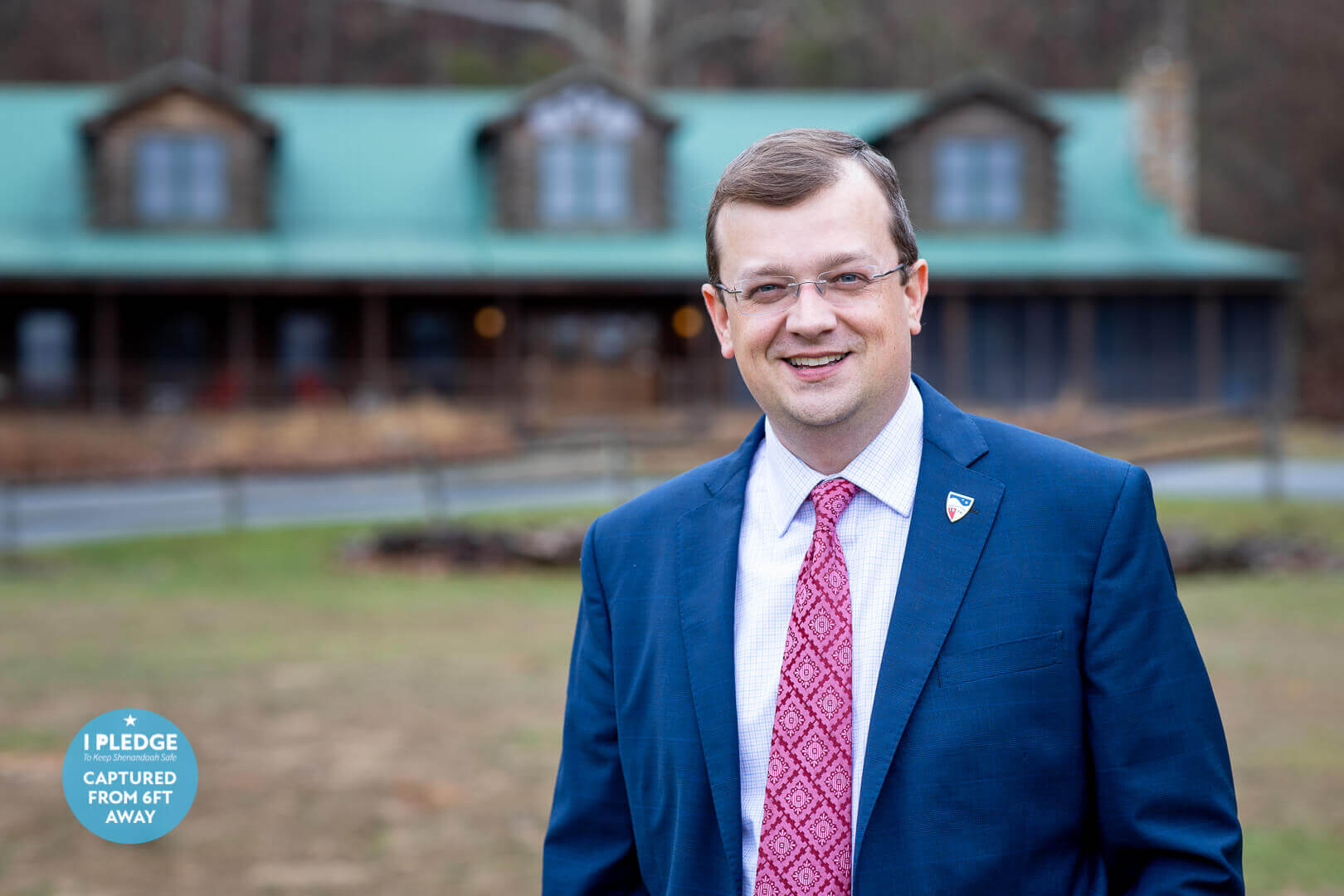 We’re trying to create an intimate, powerful experience that will aid individuals to better understand the personal stories of soldiers who fought at Cool Spring and the impact the battle had on them — a stark reminder of tragic consequences of what happens when a people become divided to an unbridgeable point. Both augmented reality experiences draw on the accounts of about two dozen Union and Confederate soldiers.”
We’re trying to create an intimate, powerful experience that will aid individuals to better understand the personal stories of soldiers who fought at Cool Spring and the impact the battle had on them — a stark reminder of tragic consequences of what happens when a people become divided to an unbridgeable point. Both augmented reality experiences draw on the accounts of about two dozen Union and Confederate soldiers.”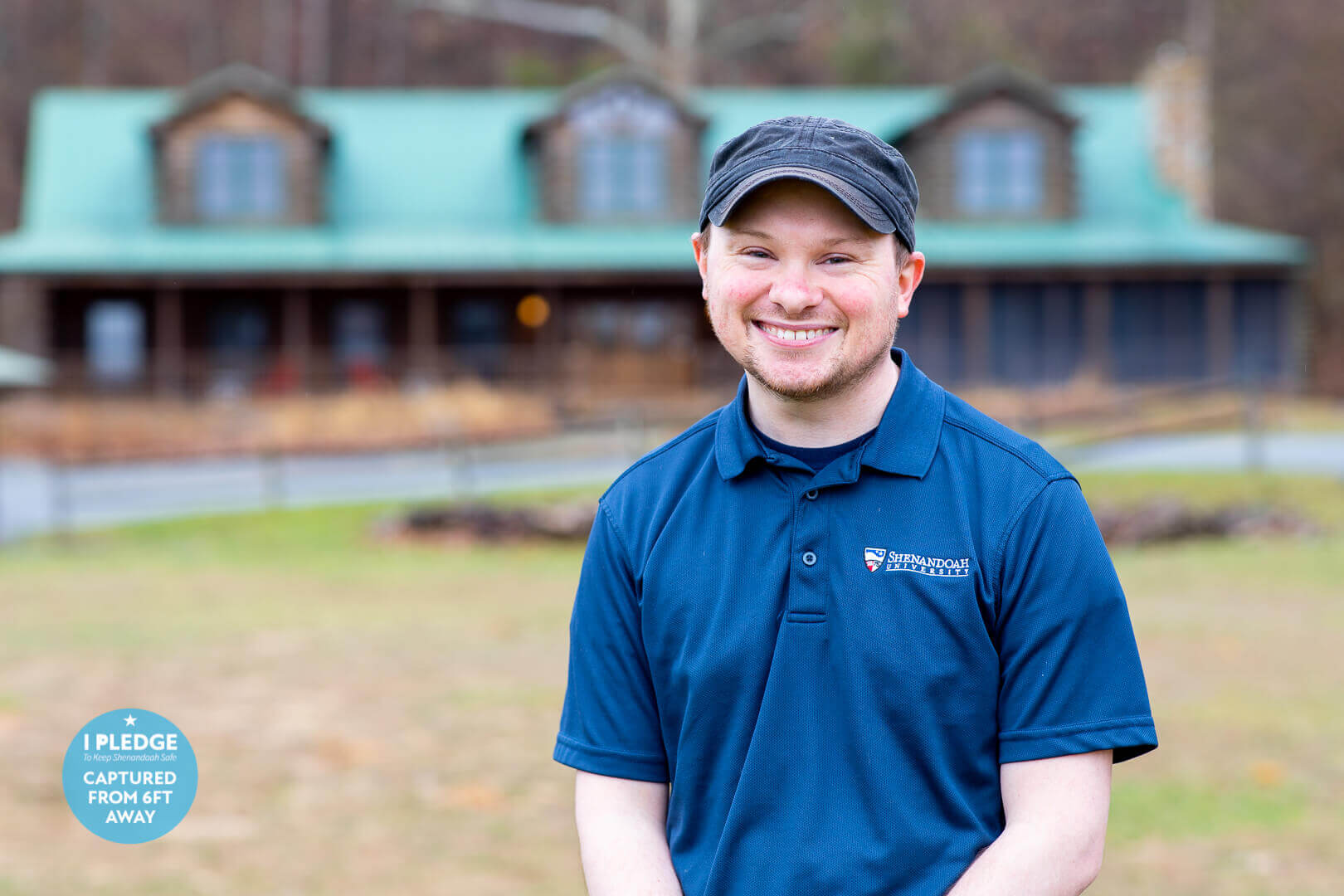 The way it interprets the 360 video is not common practice. I’ve never seen anything like it. It’s new and kind of revolutionary.”
The way it interprets the 360 video is not common practice. I’ve never seen anything like it. It’s new and kind of revolutionary.”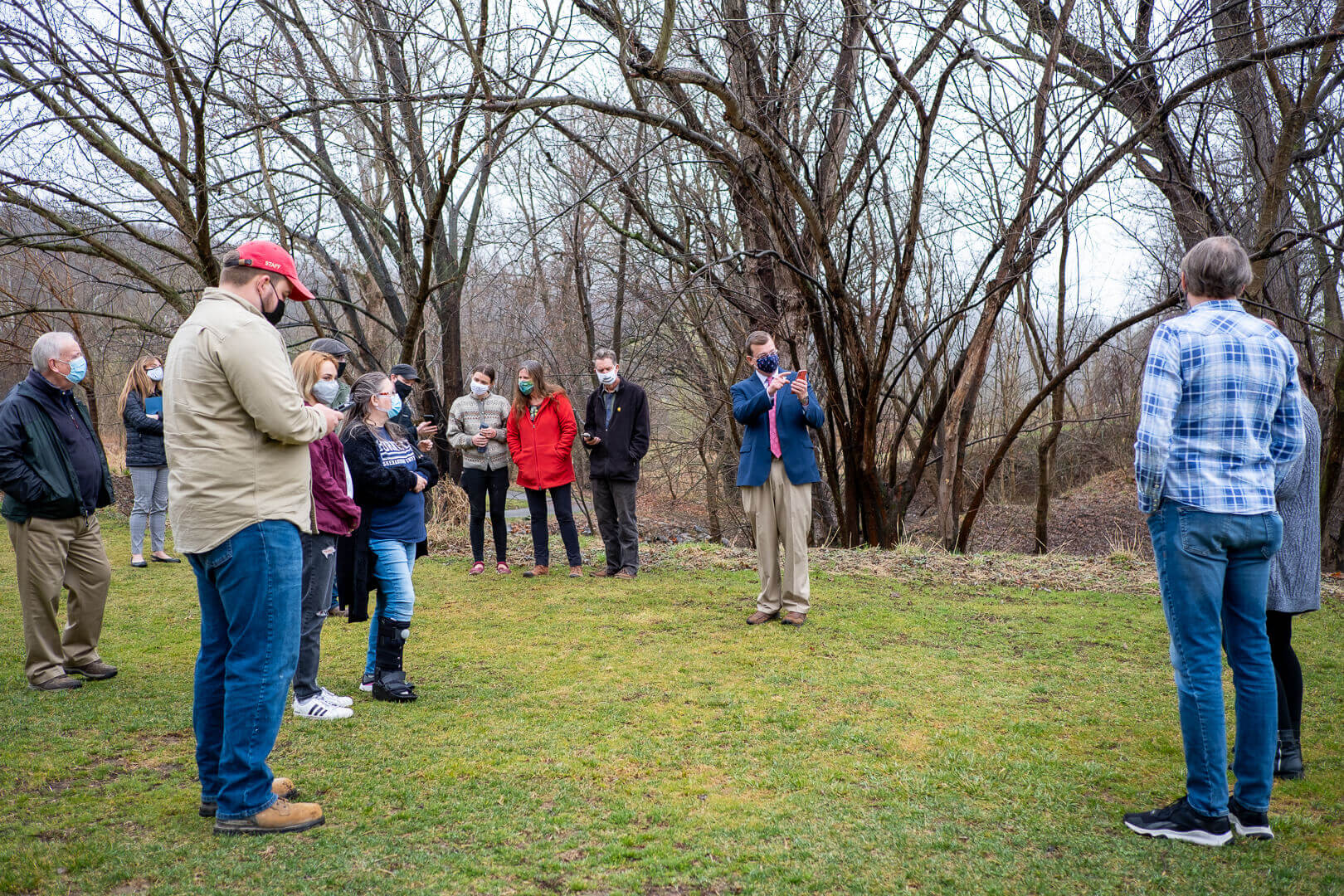
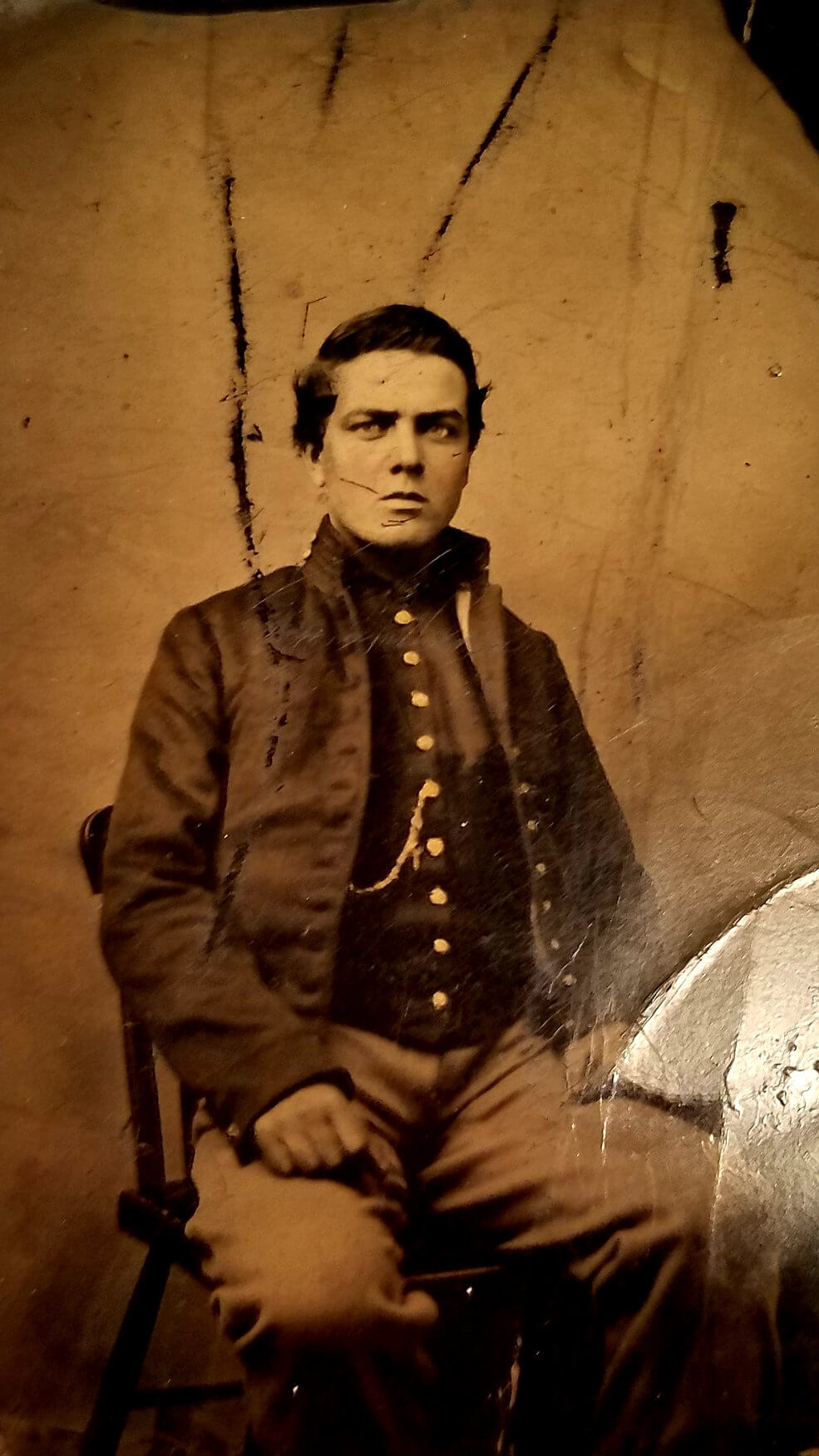 Noyalas, who has read thousands of letters from Civil War soldiers, called
Noyalas, who has read thousands of letters from Civil War soldiers, called 